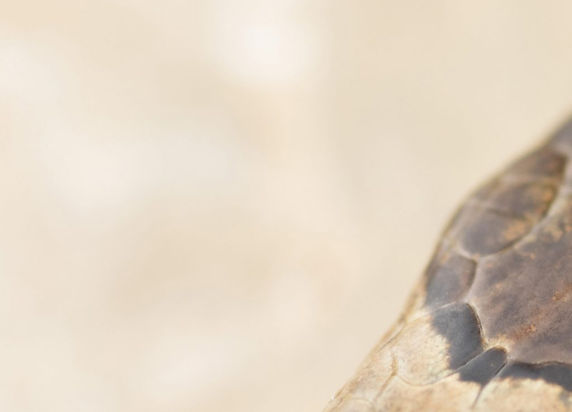
INFRASTRUCTURE
Get to know the buildings, laboratories and trails focused on scientific research.


Betary Reserve is a 60-hectare preserved area in the municipality of Iporanga, Vale do Ribeira, south of the state of São Paulo. Vale do Ribeira is home to the largest remaining continuous area of Atlantic Forest in Brazil.
The Betary Reserve has the following facilities for education and research:
Classroom

Air-conditioned environment, with capacity for up to 40 students, equipped with audiovisual system, digital projector and monitoring TVs.

Laboratory


Equipped with a stereoscopic magnifier and microscope with digital image capture, laminar flow chamber, incubator, autoclave, freezer and benches.
Space destined to research with bioluminescent mushrooms from the Atlantic Forest, one of the main objectives of this space is to develop processes and protocols for the domestication of bioluminescent mushrooms. In the future we will equip this laboratory for molecular studies.
Plant and Amphibian Greenhouse

With 600 m² in size and a height of 9 m, the place allows the development of regular trees, palm trees and dicksonia sellowiana. The structure is the home for a bromeliad place, area for sprouting of seeds, production of sets and the composition of typical habitats from the region: cascades, deep and shallow wells, bottoms of sand and rock, muddy bottoms, rapids, shallow lakes, humid soil areas, swamps with sandy bottoms, swamps with muddy bottoms and reservoirs for thegrowing of aquatic plants. The Darkened Room is also part of Greenhouse, built for observing species of luminous mushrooms and minerals, with fluorescent effects.
Aquarium



Placed above an artificial lake with over 500 m2 where different aquatic rooms were created to develop researches with native fish from the region: well of rocks for cascudo fish, spring bottom, sandy bottoms, muddy bottoms, bottoms of rocks, submerged aquatic plants places and aquatic plants places – floating and emerged. The observation of the main body of the lake and of the places is made by submerged windows located in a tunnel. There are two outdoor 2000 liter glass aquariums and one 3000 liter reservoir.
Guest house and restaurants

With capacity for up to 50 people, it is only open for group reservations. Reservations should be made 10 days earlier (minimum).

Volunteer house


To accommodate researchers and interns it accommodates up to 8 people 2 in rooms and one equipped kitchen.
Begoniarium

Existem cerca de 1400 espécies de begônias distribuídas pelas regiões tropicais e subtropicais do mundo. Das 208 espécies que ocorrem no Brasil , 60 estão presentes no estado de São Paulo. A Reserva Betary mantém uma coleção viva com mais de 30 espécies de begônias.

Volunteer house
.png)